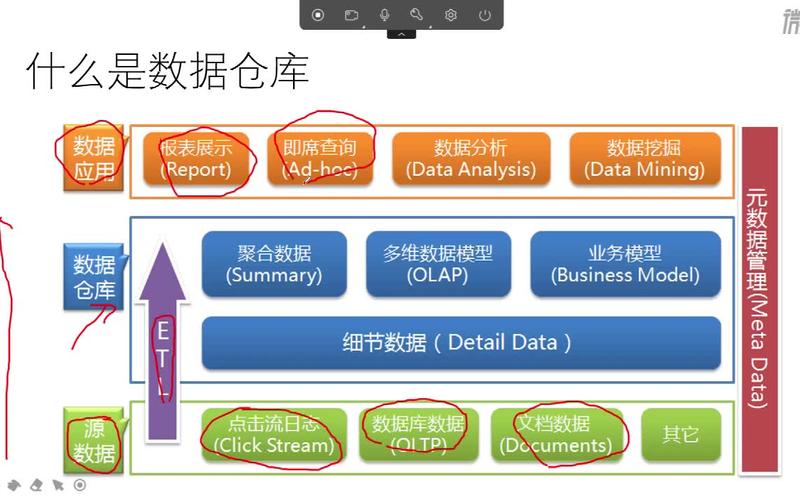```html

HiveQL, the SQLlike query language for Apache Hive, is widely used for data analysis and querying in the Hadoop ecosystem. Whether you're a beginner or an experienced user, this guide will provide you with comprehensive insights into HiveQL programming.
HiveQL is a query language that allows users to perform SQLlike queries to analyze and process data stored in Apache Hive. It provides a familiar interface for users familiar with SQL.
HiveQL syntax closely resembles SQL, with support for standard SQL operations such as SELECT, INSERT, UPDATE, DELETE, JOIN, and more. Here's a basic example:
SELECT column1, column2
FROM table_name
WHERE condition;
In HiveQL, you can define and manipulate tables using DDL (Data Definition Language) statements. This includes creating, altering, and dropping tables. Example:
CREATE TABLE table_name (
column1 datatype,
column2 datatype,
...
);
Data manipulation in HiveQL involves inserting, updating, deleting, and querying data. Here's an example of inserting data into a table:
INSERT INTO table_name (column1, column2)
VALUES (value1, value2);
Querying data is a fundamental aspect of HiveQL. You can use SELECT statements to retrieve data from one or more tables. Example:
SELECT column1, column2
FROM table_name
WHERE condition;
HiveQL supports various types of joins (INNER JOIN, LEFT JOIN, RIGHT JOIN) and aggregation functions (SUM, AVG, COUNT, etc.) for advanced data analysis. Example:
SELECT t1.column1, t2.column2
FROM table1 t1
JOIN table2 t2 ON t1.id = t2.id;
Partitioning and bucketing are optimization techniques in Hive for improving query performance. They involve organizing data into partitions and buckets based on specific columns. Example:
CREATE TABLE table_name (
column1 datatype,
column2 datatype,
...
)
PARTITIONED BY (partition_column datatype);
When writing HiveQL queries, consider the following best practices:
HiveQL is a powerful tool for data analysis and processing in the Hadoop ecosystem. By understanding its syntax and features, you can efficiently manipulate and query large datasets stored in Apache Hive. With practice and adherence to best practices, you can become proficient in HiveQL programming.